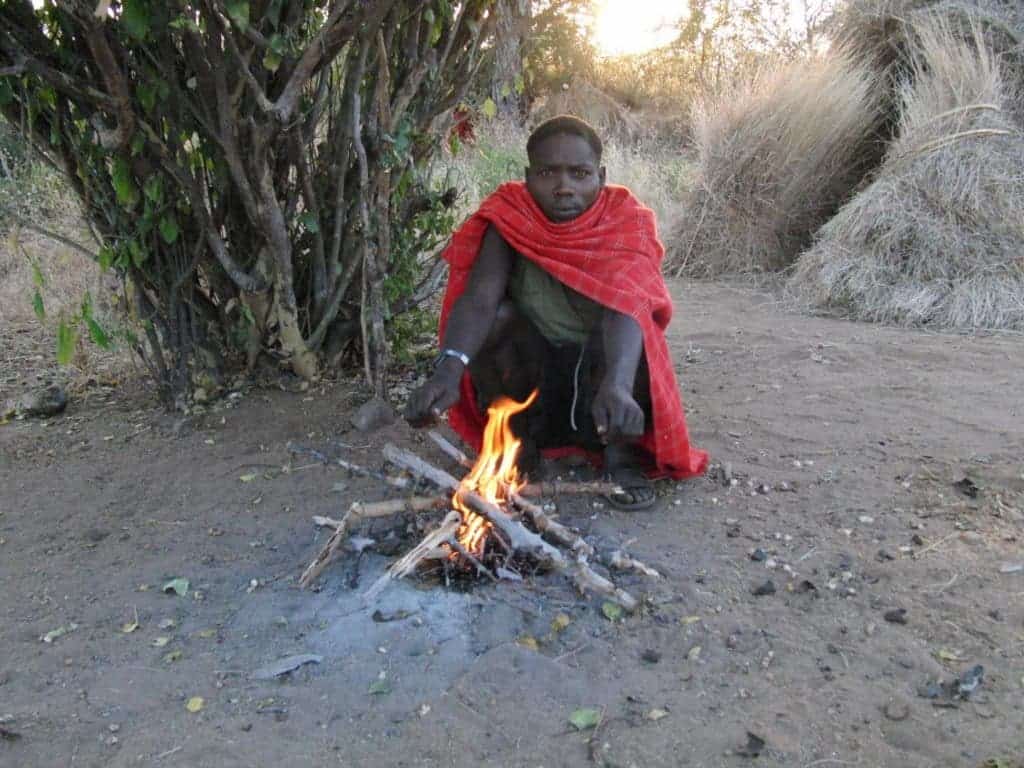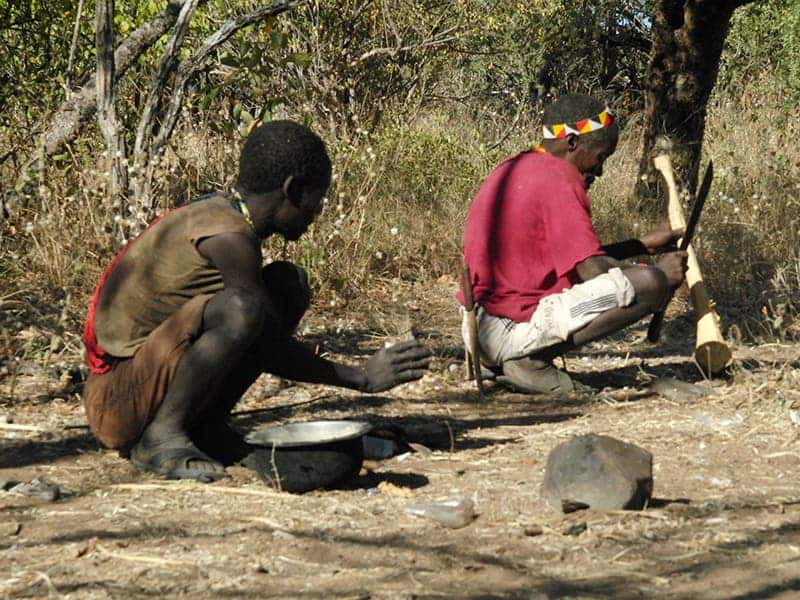
Humans conquered this world thanks to our restless sense of adventure and ingenuity. At the same time, people are also some of the foremost slackers in the animal kingdom. This can be problematic if you live a modern lifestyle that’s predicated on sedentary activities, which is why it’s interesting and perhaps even useful to understand how our ancestors rested when they took a break.
According to researchers at the University of Southern California, evolutionary pressures favor the conservation of energy. But if that’s the case, why do we sit in the first place? I mean, studies suggest that sitting for prolonged periods of time hurts your heart, shortens lifespan, increases the risk of diabetes, ruins your back, and can even lead to varicose.
These problems are almost nonexistent for Tanzanian hunter-gatherers known as the Hadza, one of the few people left in the world that continue to live the way humans have lived thousands of years ago.
Researchers led by David Raichlen, a professor of human and evolutionary biology at the University of Southern California, strapped tracking devices to Hazda participants in order to measure their sedentary behavior and muscle activity. This was a lot more challenging to do than it sounds since the researchers had to work in the field with the Hazda, in a remote part of Tanzania without access to electricity, food, or running water.
Although the Hazda were very active throughout their day, engaging in high-intensity physical activity that was up to three times the 22 minutes per day recommended by US federal health guidelines, they also had very high levels of inactivity.

In fact, the Hazda spend as much time being sedentary as humans in developed countries — around 9 to 10 hours a day. But, despite this, the incidence of diseases associated with long periods of sitting in industrial countries is almost nonexistent.
“The biggest surprise was finding that the amount of time spent in sedentary behaviors was similar in the Hadza and in US populations. We expected hunter-gatherers to rest less,” Raichlen told ZME Science.
However, when the hunter-gatherers are resting, they’re not sitting. Instead, their favorite resting positions are kneeling and squatting.
Special devices that measured muscle contractions in the lower limbs showed that squatting and kneeling involved more muscle activity compared to sitting. This means that the Hazda are stressing their muscles even when resting, contributing to more physical activity throughout the day.
In contrast, the only time people work their legs while sitting in their office jobs is when they bend their knees.
“We suggest these more active resting postures are likely ancient and may help explain why the recent development of chair-sitting is harmful,” Raichlen said.
While behaviors that lead to conservation of energy were favorable for our ancestors, this isn’t necessarily true anymore for individuals who live in industrialized countries.
Does that mean that you should swap your standing desk for a squat rack? That’s just impractical — but there is value in being aware that prolonged sitting hurts your health.
“Given that most of us stopped squatting and kneeling after childhood, we don’t recommend using those postures necessarily. However, breaking up periods of sitting, or finding ways to increase muscle activity when sedentary may be a good idea,” Raichlen told ZME Science.
“We are continuing to examine physical activity and inactivity from an evolutionary perspective and are planning experiments to detail the physiological effects of different resting postures. We believe that this study is a good example of how an evolutionary perspective can enhance our understanding of how behaviors influence health,” he added.
The findings appeared in the journal Proceedings of the National Academy of Sciences.






